We were lucky to catch up with Cameron Darwin Bossert recently and have shared our conversation below.
Cameron Darwin, appreciate you joining us today. Alright, so you had your idea and then what happened? Can you walk us through the story of how you went from just an idea to executing on the idea
The vision for my company, Thirdwing, came about like a lot of companies. Passion + lack = idea.
Like a lot of playwrights, I spent years writing scripts, submitting them to theaters and festivals, hoping the the $7 stack of paper I’d printed out at FedEx would inspire some theater company or producer to hand off their 6-figure resources, their stage, their lights, their set designers, and put me on some kind of path to success. But like with other cheap stacks of paper, it was like playing the lottery.
And as I wrote, I realized had so much more to learn about the craft. I wanted to see more theater in person. I’d be able to see what worked and what didn’t. I could find inspiration.
But in case you don’t already know, theater is expensive. Even the “cheap stuff” is $35. The irony is that theater is an expensive pursuit made up of people who have no money.
Because I couldn’t see theater, I turned to YouTube and scoured it for as many filmed plays as I could find. I went to the archives at Lincoln Center where there’s they let you watch classic plays on tape with headphones with your library card.
One day I stumbled upon something that made everything click: a filmed version of a great play from the 1980s, “Top Girls.” It was like nothing I’d ever seen. There was no audience and the camera captured the performances in closeup, packing a huge emotional punch. It wasn’t a movie. It wasn’t a play. It was its own thing. And it was amazing.
Not only did “Top Girls” fuse of my passions for film and theater, but I was getting to watch it for free. The final lightbulb to go off in my head was this: what if you could make things like “Top Girls” directly for streaming, and use the tiny payments from thousands of subscribers to make live, in-person theatergoing more affordable? Could I build a company that an aspiring playwright like myself could afford, so that they could get inspiration and experience? And could the productions have a purposeful, all-encompassing approach across the art of film and the art of theater?
And so began 7 years of planning, as I worked mostly in the film industry as an assistant, spending nights writing and ideating.
Once I had really refined the idea and built up a number of projects I could advertise as part of what Thirdwing would offer, I launched a kickstarter in 2019. I got my first subscribers that way and raised enough money to film our first streaming play, “The Female Genius,” by Rachel Carey, about famous women authors throughout history. And I planned a stage production that people could see basically for free, tickets included with the $5 streaming subscription fee.
Three main factors go into making this kind of idea a reality:
1. Find REALLY talented people. You can’t compromise on that part. Especially if you’re starting from nothing and competing with everything else people could be doing or watching.
I’d spent a decade meeting folks, from actors, writers, costume designers, camera people, and sound people. When it came time to put Thirdwing into action, I turned to the very best I knew.
2. Make very detailed action lists. It can be overwhelming to build a company from scratch that ALSO requires organizing many individual creative projects. I had to find a method to stop the overwhelm and that sometimes meant shrinking those action items way down to “draft an email.”
3. Open the calendar and pick dates. This one is hard for a lot of people. You’re excited to get things going, but you open the calendar and suddenly you don’t know, “If I pick X date, am I giving myself enough time to prepare everything? And when is everybody available? Who’s going to even write back?” My advice is open iCal, and just mark that thing with abandon.
One of my biggest hurdles that I had to overcome was that all my real expertise was from the film world. I had to learn so much about how theater is actually made, from finding the right space, to negotiating the contract, to lighting, to rehearsal, to box office, and on and on. I went to school for music composition and philosophy. So all these theater things I was learning by just getting on a ladder and twisting lights around, email critics directly to get them to come see a show, begging magazine editors again and again to please list our show, blasting emails out. And I wasn’t doing it for a final grade. I was doing it for a paying audience on the way.
Our first offering was innovative as the first “bingable play,” and so it got us listed in the New York Times just one month after we launched and our company. Our subscriptions doubled overnight. Covid put everything on pause, but since returning full steam ahead in July 2021, we’ve produced and distributed over 30 hours of original entertainment that people have been able to enjoy at home or out in person.
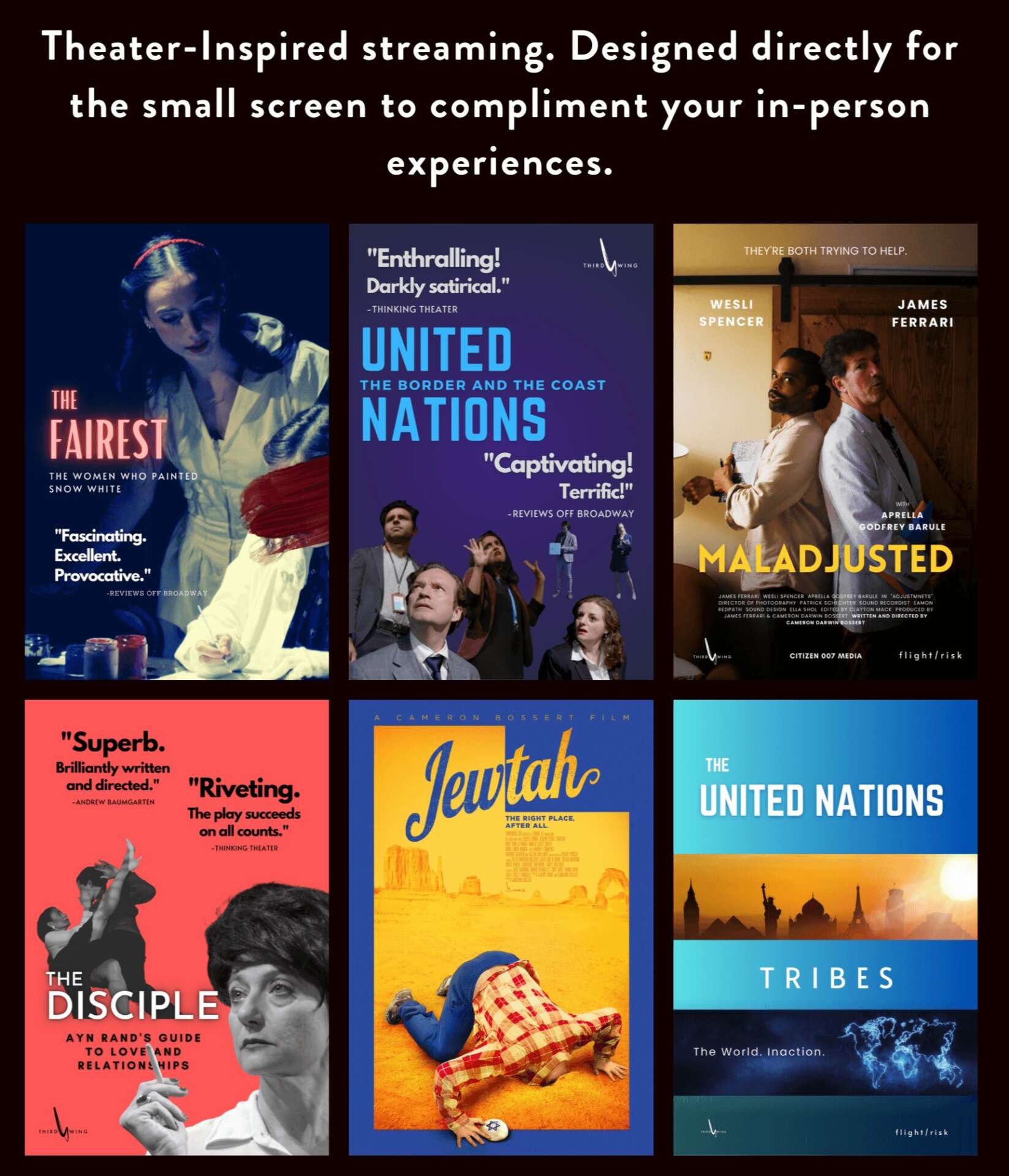
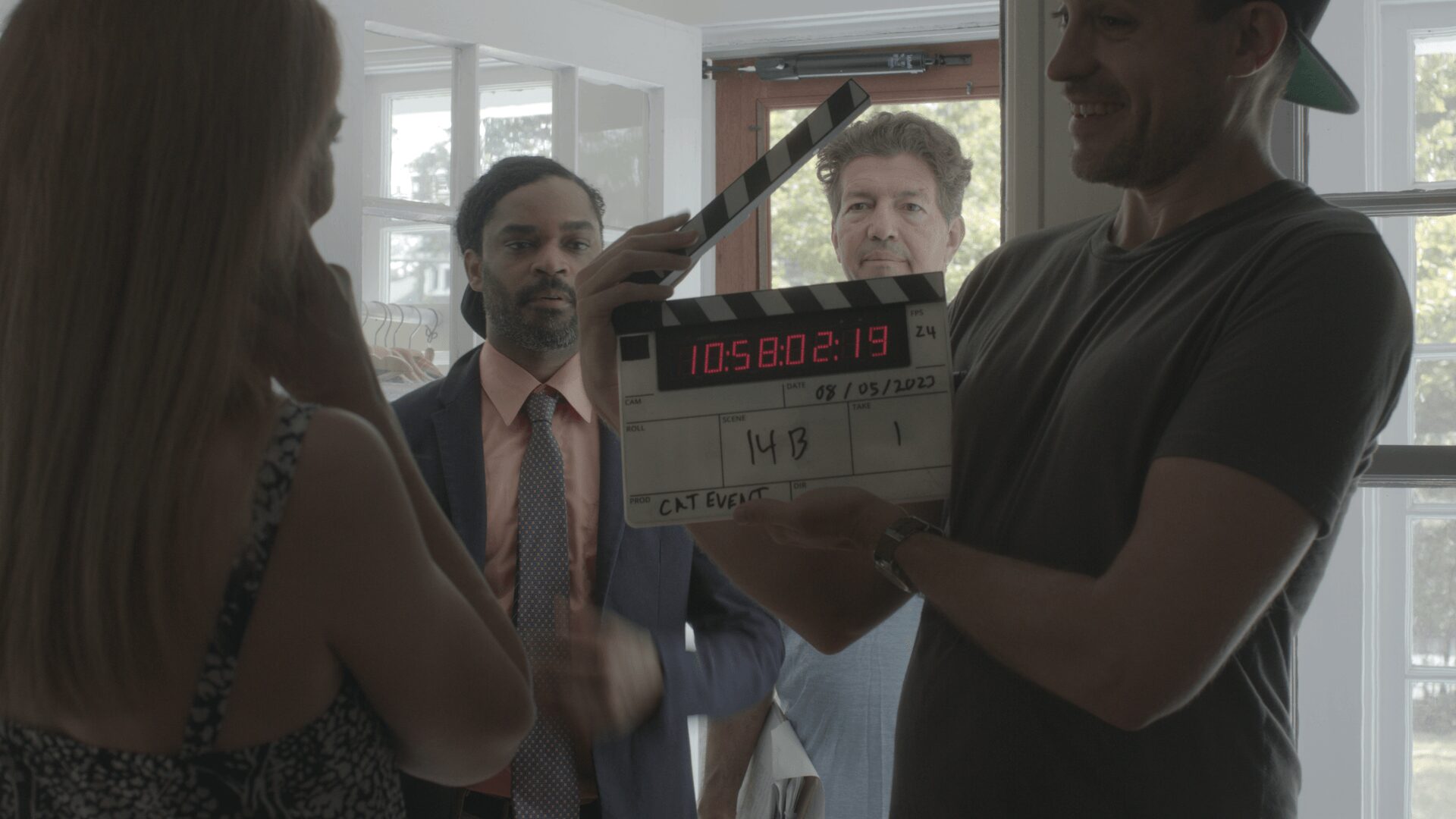
Awesome – so before we get into the rest of our questions, can you briefly introduce yourself to our readers.
Thirdwing is different as a streaming company, as it offers live in-person experiences as part of your subscription, and they’re all tied directly to the streaming content. The same characters pop up in different stories; some are told on the small screen and some are told on stage for an audience.
We’re also different as a theater company. After covid, some theater companies tried streaming as a way to pipe in their stage work to people at home. But our shows on line are different from our shows on stage. This is the part I need to stress again and again: we don’t livestream, we don’t give you a 4th-rate version of what you missed in person. We craft the at-home experience with passion and care, and we present it to you as just the beginning of your journey out, to create a whole expansive story experience from your couch to the theater.
Thirdwing is basically me making the company I needed 10 years ago, when I couldn’t afford to see theater. I want to make it an affordable habit, because seeing good stories in person can really give you a feeling of expanding your life.
I am extremely proud of three things: as a tiny company, with many creative collaborators but operations run only by me, Thirdwing has produced 30 hours of entertainment in 3 years.
Secondly, every single production has connected with critics AND audiences. We’ve had 95% positive reviews across the board, including from The New York Times. Going from nothing, to getting a foothold in the New York theater landscape with our shows presented by NY1 news playing in taxicabs all over the city within the first 15 months, is something to take pride in. To keep the quality up when you’re basically churning things out almost every single month is a feat.
Thirdly, building a creative team who keeps coming back to worth with me. People who aren’t just incredibly talented, but extremely kind and committed to the work. You need to be able to trust people in order to build a creative brand. At the risk of leaving people out, Yolanda Balaña, Matthew Sanders, Arthur Lazalde, Mary Monahan, Cian Genaro, Patrick Schechter, Ian Havens, Winnifred Bonjean-Alpart, Deeba Montazeri, Lauren Arneson, Kelley Lord, Dikran Tulaine, Aprella Godfrey-Barule, James Ferrari, Arya Kashyap, Yelena Shmulenson, Allen Lewis Rickman, Rachel Carey, and Wesli Spencer, are just some of the people who have come back for multiple projects over the years, who believe in the vision of Thirdwing, and who to inspire me to keep on going and make it easier to imagine the next thing.
But it takes constant resilience. While people may keep seeing your logo and getting to recognize your work on a consistent basis, every project starts from scratch on many levels. Last year I found myself totally burned out, at the end of my resources and mental energy. I was ready to quit, to postpone, to find some way out. But my cast encouraged me, we pulled a few favors, and we opened a show that received the most standing ovations we’ve ever gotten.
Another important thing apart from consistent quality, is consistent style and subjects. We’re not all over the place, or experimental. We tell stories with large social backdrops, from a semi-fictional United Nations, to the 1940s Disney Studio on the brink of closing down, to hippie communes in 1970s Vermont.
Then we fill those worlds with relatable characters real and imagined, from a young chain-smoking Walt Disney losing his mind, to a fed up low-level UN employee trying to make a difference at an impossible organization. We make things for people who are interested in the world and their place in it.

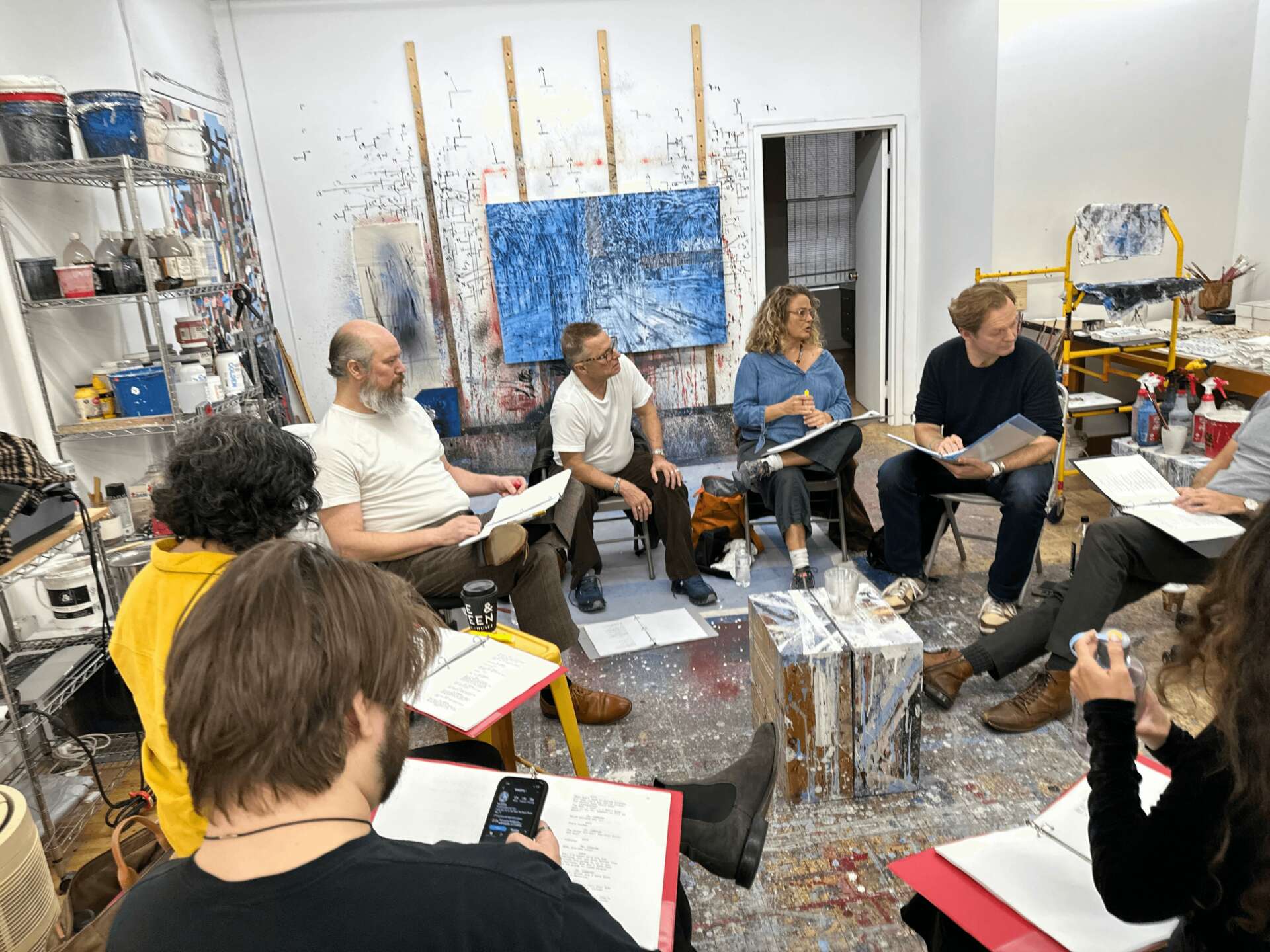
Let’s talk about resilience next – do you have a story you can share with us?
If you want the story of resilience, you’re gonna have to put up with the dark stuff, so bear with me if you really wanna know.
7 years of planning had finally brought us to launch. 4 days later covid hit and stopped everything. We had to cancel our very first live production. Covid had such a specific effect on our company:
Half the business model, the live experience, was torpedoed at launch. No more theaters.
The other half was taken over by established theater companies, suddenly discovering streaming overnight. They were making content on Zoom, and it worked for them because famous people were involved, and they kept their previously established charitable endowments from large banks.
For years, the start date on all the covid graphs was the start date of my company.
I had only just incorporated in January of 2020, so by law this meant I could not collect covid unemployment. But I couldn’t get a PPE loan either because I had only been incorporated for 3 months. Less than a month after we launched, my father was put on life support with what turned into long covid (he is fine now, thank God). It looked like the pandemic had killed every dream over night, and seriously threatened to take my family at the same time.
I was trapped in contracts and on the hook for thousands of dollars for iOS and Roku apps that I couldn’t market with only a few hours of streaming content, and we couldn’t produce more.
I tried to pivot. I hosted guest content, and a virtual film festival from one of the brick-and-mortar theaters that had been forced to shut its doors, in the hopes that I could at least raise some money to help them, but it wasn’t a lot because I had no name recognition yet. But I wanted to be of value to somebody, anybody.
I closed down my business in February of 2021. All subscriptions cancelled. Nothing online. Nothing planned. I had to beg to get out of the remainder expensive contracts on the basis of legal doctrines I had to look up myself cause I didn’t have a lawyer.
If you couldn’t tell, it was awful. Theater was the last thing to come back. Everyone in the industry had to wait 15 months. Money poured out of my bank account. I had to go on rent strike because of a leaky roof they kept promising to fix, and I couldn’t afford the rent anyway. A thunderstorm meant a wet carpet. I couldn’t play the music gigs that had supplemented some of my income, or get cameraman jobs that had also supplemented my income–my freelance work evaporated along with the company prospects. I stopped being creative at all. No more writing, no more music, no more film, nothing. After a while I decided I’d never do anything creative ever again. I wanted to find a dishwashing job, so I could get out of the house but not have to talk with customers, so I could get something done but without having to think and strategize. Something meditate and productive.
Theaters finally began reopening in 2021. I thought, so what? I was still in a haze of depression and still didn’t want to do anything at all. But I still had the contract leftover at the Wild Project theater for our first show that I’d signed in back in 2019. One thing nagged me: if I did nothing now, in 6 months I could be looking back with an amount of regret I couldn’t calculate.
So, only to avoid regret, I ignored my feelings and got to work despite feeling no inspiration at all. That’s when my methodology saved me: 1) Reach out to talented people, like playwright, Rachel Carey and actor Maja Wampuszyc. 2) Make lists. 3) Mark my calendar. If I could do those three simple things, it didn’t matter if I “felt inspired.” It was just one thing at a time until we were back on stage a year and a half late, with a tiny handful of brave mask-wearing audience members. The reviews from our very first performance were “Superb!” “Excellent!” “Riveting!” That helped give me the sense that it was the right decision.
So from there I continued reopening the Thirdwing; I had to build my subscribership from scratch. I had to produce as many shows as possible to make up for lost time. And since July 2021 I’ve been going non-stop. I’ve learned so much from my partnerships with Wild Project Theater and Spin Cycle, without whom I couldn’t have navigated this nuanced NYC theater world. Thirdwing has been in color print in the New York Times Weekend Arts Section, compared with some of my writing heroes. And I’ve worked with so many wonderful people who have had a place at Thirdwing to do what they were born to do, and have told me straight up, “You’re making my dreams come true.”
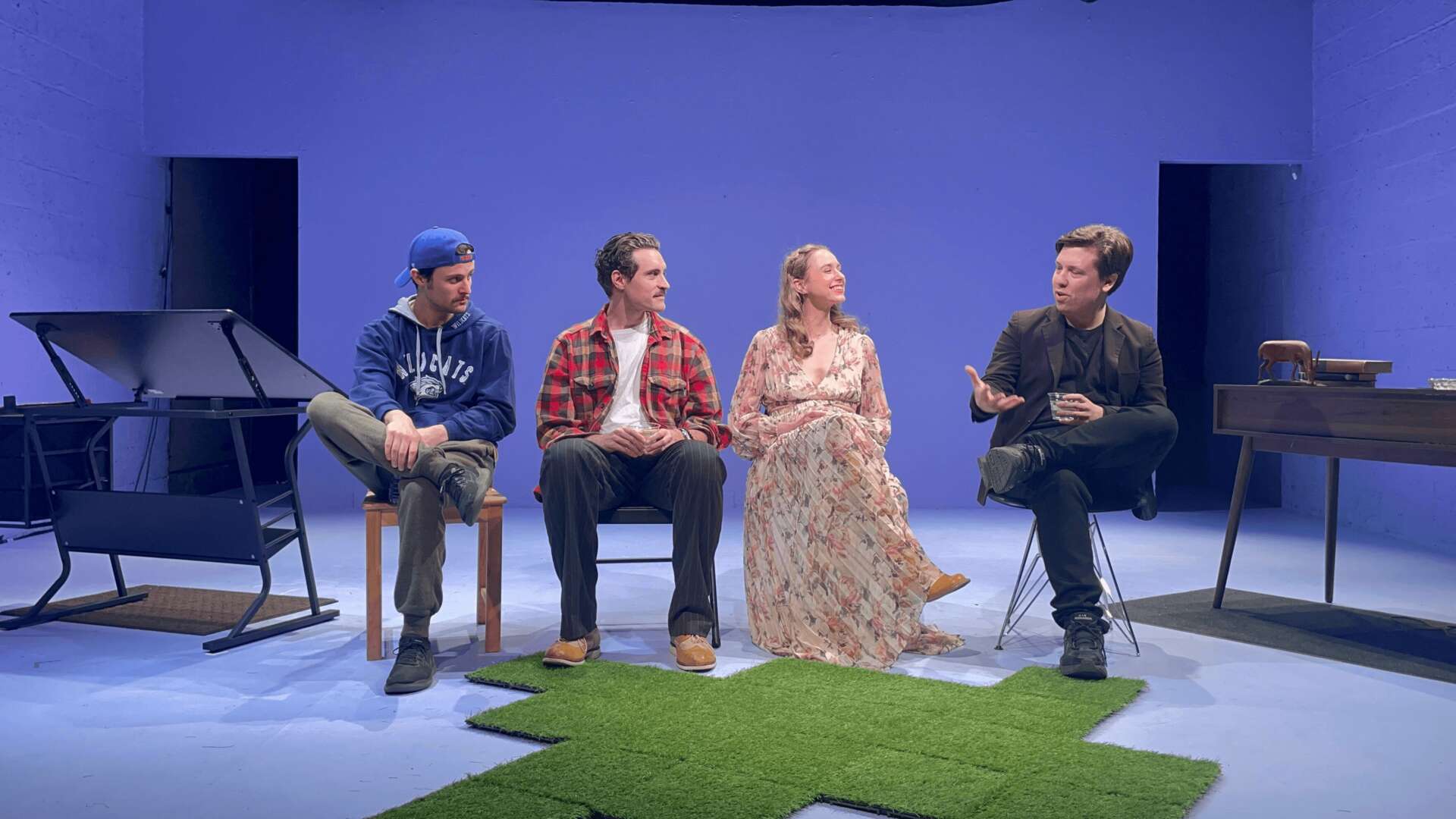
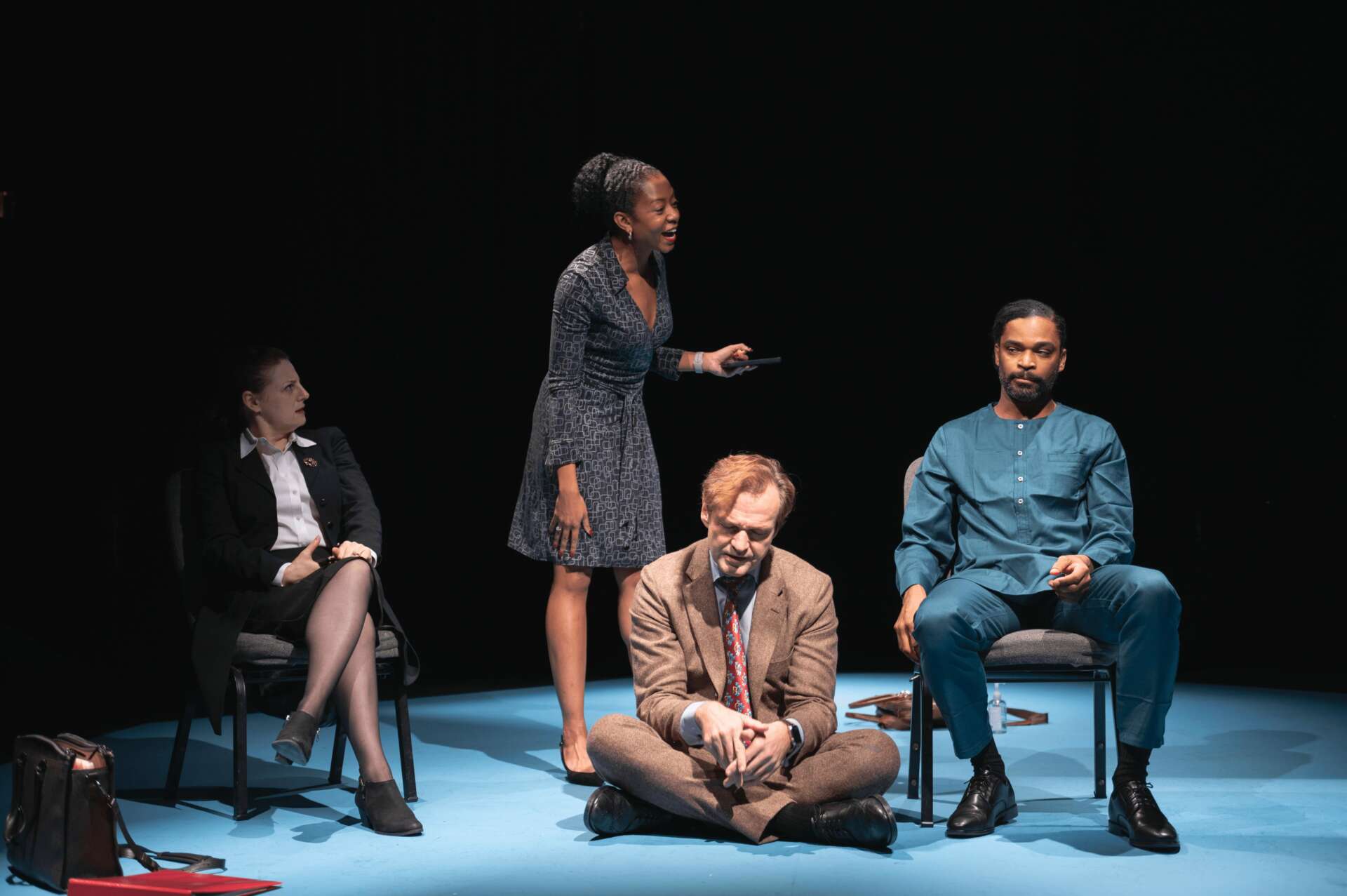
Are there any books, videos or other content that you feel have meaningfully impacted your thinking?
The book, “Designing Experiences,” by J. Robert Rossman and Mathew D. Duerden has been a source I go back to again and again to remind myself both of the big picture and the details when it comes to building a business.
A Thirdwing subscriber is two things: a customer, and an audience member. So I have to keep both things in mind when attracting them to sign up and give them the experience, leading up to when they take their seat, and even the day after when we follow up.
The great thing about “Designing Experiences” is that it compares a lot of business planning and experience design to theater itself, so there is an overlap in skills and knowledge that I can apply to every aspect of the business.
So much thought has to go into things people don’t notice, like the decision whether to use theater iconography (a ticket graphic, a theater curtain), in branding. What makes something elegant? What story is your customer telling themself about their experience? Can you get that little voice in your customer’s head to say, “that was easy,” or “this is so worth it?” This book helps remind me to brush up on those touch points, and it’s an ongoing process.
Contact Info:
- Website: https://www.thirdwing.info
- Instagram: https://instagram.com/thirdwingltd
- Facebook: https://Facebook.com/thirdwingltd
- Youtube: https://YouTube.com/thirdwingltd
- Other: https://www.thirdwing.info/streaming
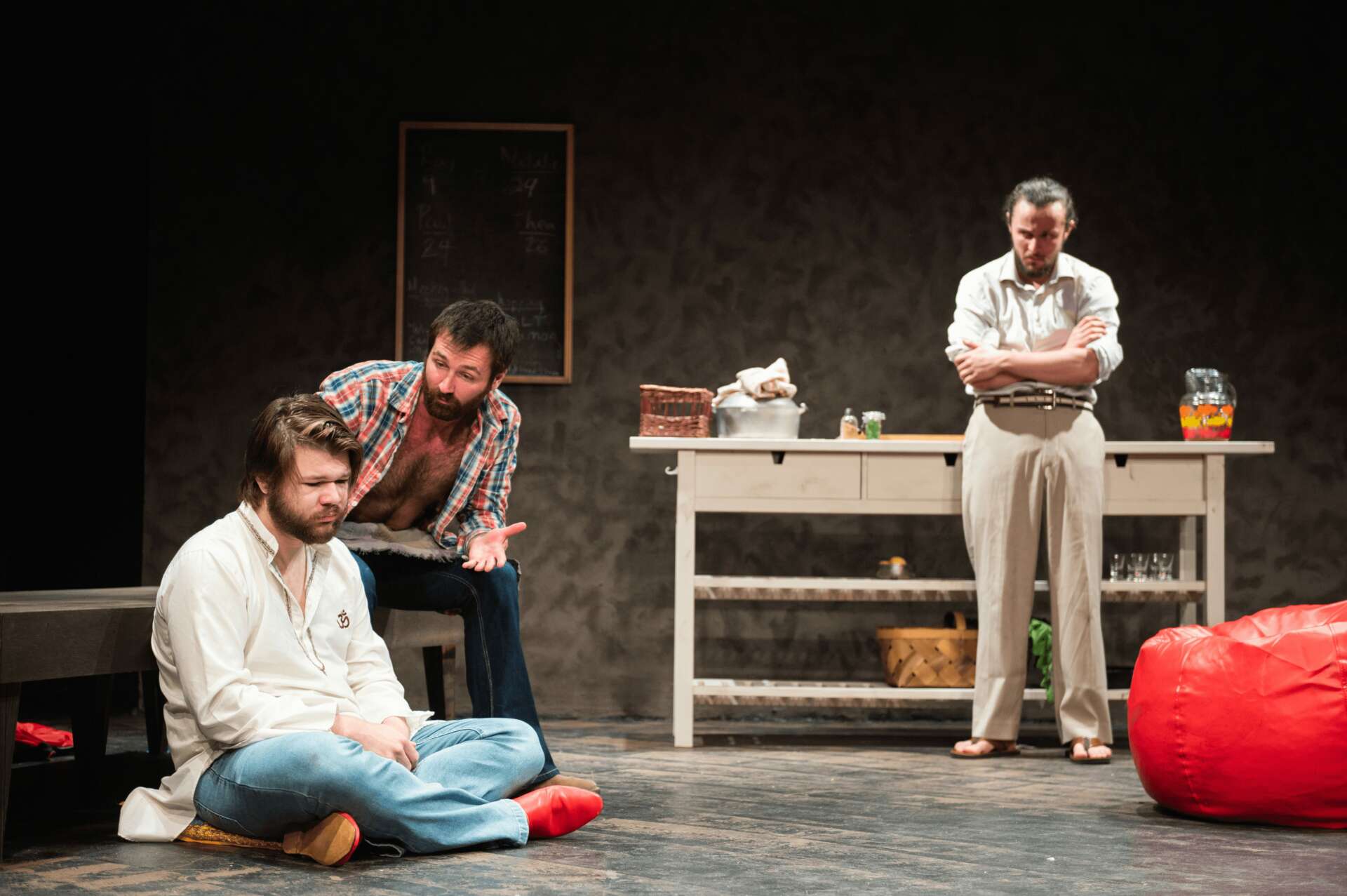

Image Credits
Profile photo: Alex Boyce
Onstage photos: Valerie Terranova


